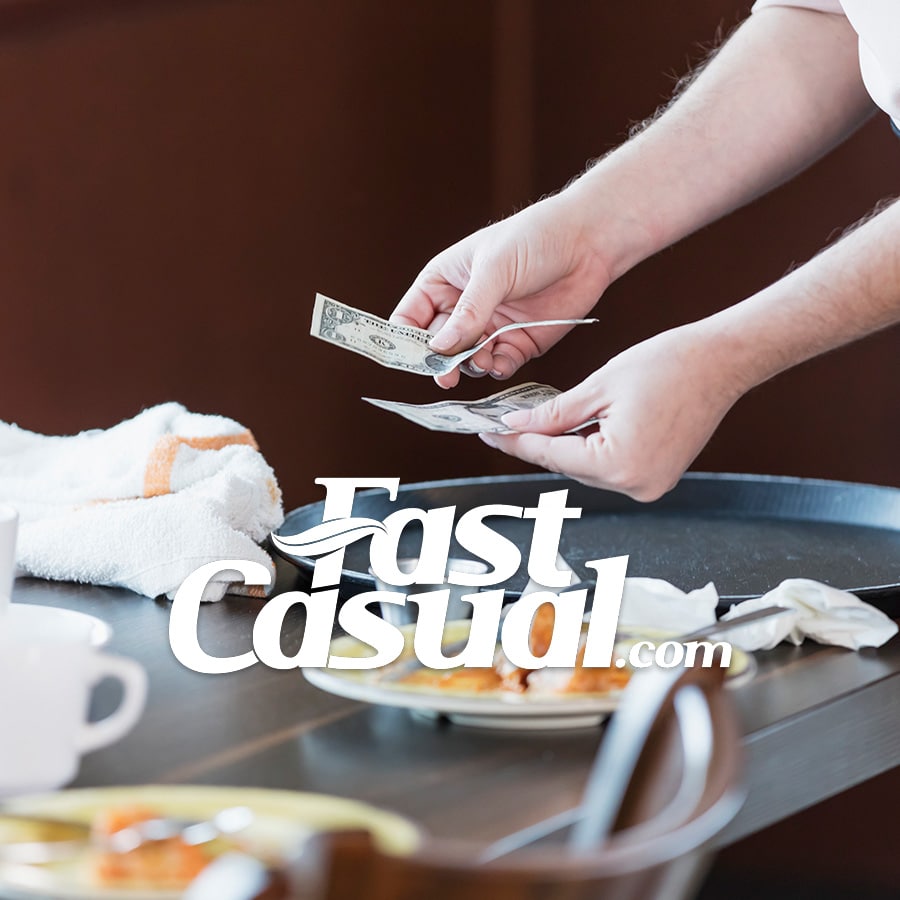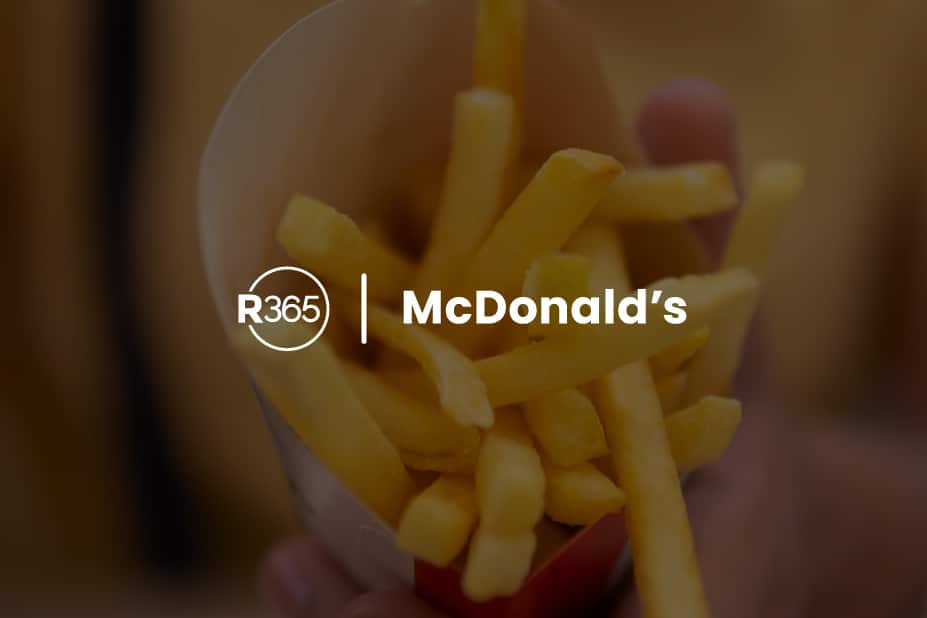When it comes to restaurant inventory, there are a lot of moving pieces. On any given day, you may be receiving multiple food and beverage shipments from different vendors, farmers, or distributors.
How do you keep track of all these different shipments and ingredients to minimize food waste, ensure you are prepared for service, and optimize what you’re spending on your ingredients?
Understanding how to master restaurant inventory management is an invaluable skill. Inventory management tracks what is coming in and out of your restaurant and what is left over during a certain period of time.Restaurants generally have high levels of perishable inventory, compared to something like a retail store. This means that for restaurant owners and operators, the budget you have invested in product can quickly go to waste if inventory control isn’t top of mind.
Ultimately, your inventory impacts your bottom line, because how you manage your inventory determines your food cost. Understanding inventory management is a foundational step for running a profitable restaurant.
Are you interested in improving how your restaurant runs inventory? Here are some helpful tips for mastering restaurant inventory management.
1. Set up your POS to track restaurant inventory
If your point of sale (POS) system is integrated with your inventory management software, you can use your sales information to automatically track theoretical inventory. End-to-end inventory management can automate multiple steps, like uploading invoices, tracking recipes, and auto-updating item prices.
However, your POS data is only one part of the inventory picture, because it doesn’t account for all of the real-life potential areas of inventory loss (like errors, kitchen waste, or preparation mistakes).The rest of restaurant inventory tracking needs to be completed by hand, with staff tracking actual ingredient usage by manually counting inventory item quantities.
Accurate restaurant inventory management requires both automated and manual steps. But by automating every part of the inventory process possible, including your POS integration, you can help avoid input errors and unnecessary manual tasks.
2. Leverage recipe costing and menu engineering tools
Your restaurant inventory tracking system and integrated POS system provide the fuel for two powerful tools: recipe costing and menu engineering.
Recipe costing breaks down the exact cost of individual ingredients in a menu item. When your recipes are mapped to your POS system, combined with food cost information from your invoices and current inventory, you can automate calculating the cost of menu items.
Menu engineering compares data about popularity and profitability, based on recipe costing and sales mix polling from your POS. With this information in hand, you can make better, data-driven decisions about how to best use your inventory. You can see whether items are priced appropriately or what items you may want to promote more prominently on your menu.
Both recipe costing and menu engineering can help you make strategic adjustments to your menu that can help you optimize your food cost. While it is possible to do recipe costing and menu engineering by hand, it is incredibly time consuming and unreliable. Automating these tasks with your POS and inventory management system can help ensure you are making menu decisions with accurate information.
3. Set up a schedule for regular inventory checks
Keeping a regular schedule for inventory checks is important for two reasons.
First, checking inventory consistently generates more useful numbers. Your inventory on a Monday morning before your weekly shipments come in will look significantly different from your Thursday evening inventory. Counting your inventory at regular intervals, on a specific day and time, will give you comparable data.
Second, getting your team on board is critical to mastering restaurant order management. Setting up a schedule makes it easier to engage the same staff members to help you complete inventory tasks. If inventory becomes part of your staff’s regular task list, make it easy on them by using a streamlined, smart restaurant inventory management platform.
For example, inventory programs that allow you to create custom “sheet-to-shelf” templates can speed up the counting process and minimize mistakes. And if your team is checking inventory in addition to multiple other tasks, inventory software should be accessible on everything from a laptop to a mobile device and allow real-time counting to prevent errors.
4. Review cost of goods sold (CoGS) daily
Your restaurant is constantly generating data that can be useful in all of your operational decisions. The next step is to take advantage of all this data through frequent analysis.
For instance, reviewing your cost of goods sold (CoGS) daily can help you spot trends in your inventory spending, so you can make adjustments before they add up to costly long-term problems.
Diving in to get more granular can also help you make “micro” adjustments to add efficiencies. For example, with robust inventory control, you can review five to ten items that have a particularly high CoGS more regularly. These high-volume items or expensive proteins may have an outsized impact on food costs, so counting these items every day can help you analyze more detailed usage.
5. Leverage forecasting tools to purchase inventory at the right level
Forecasting is a valuable type of “crystal ball” tool for restaurant owners and operators. Restaurant forecasting tools use historical data from a certain time period to compare to current sales trends. Make sure that your forecasting tools allow you to compare to periods in 2019, since 2020 comparisons are not likely typical numbers.
By using past sales data, you can project upcoming sales to inform decisions about your restaurant inventory. For example, automated restaurant forecasting tools can inform your purchase orders, based on your current inventory levels and projected sales. As the saying goes, you can’t waste food that isn’t on your shelf to begin with. Being able to purchase inventory at appropriate levels can go a long way to reducing your food waste and decreasing your overall CoGS.
Sales forecasts can also even help you schedule smart levels of food prep, potentially optimizing your labor cost.
6. Track usage and yield on each food item
Optimizing your inventory control relies on a thorough understanding of the exact cost of your food ingredients. Recipe costing tools help you cost out menu items down to the penny by tracking the exact usage and yield on different food items.
By drawing from your POS and restaurant inventory reports, containing information about invoice cost, recipes, and sales, you can automate the calculation of usage and yield. In addition, you can track usage and yield on food items by location as well, which can help you discover if you need to increase staff training or address incorrect portions or employee theft.
7. Track variances between actual vs. theoretical food costs
Sometimes mastering your inventory can feel like an enormous task. With so many menu items, how do you know where to start? For many restaurant owners, examining your actual versus theoretical (AvT) food cost can help point you in the right direction.
Restaurant inventory tracking software can help you track AvT variances. Your theoretical food cost is what your food costs should be, in theory, given your sales and the current cost of ingredients over a specific period. Your actual food cost represents the real amount your restaurant spent on those same ingredients over the same time. The actual food cost takes into account imperfect portioning, kitchen waste, server errors, or invoice mistakes.
Your AvT variance shows you where to start addressing leaks in your profit margin. When you can see the anomalies for different inventory items, you are one step closer to addressing the root cause of an issue.
In addition, for multi-unit restaurant groups, comparing AvT across multiple locations can help you discover which locations may need the most help to streamline inventory costs.
8. Ensure transparency and accuracy in vendor contract price
You likely work with multiple vendors, perhaps a few times a week. You know you need to keep an eye on all vendor invoices to catch any mistakes but reviewing invoices while running a busy restaurant can feel like an impossible task.
Consider using restaurant operations reporting software that implements auto-reviews of vendor contract price. Automated receiving reports check vendor pricing, flagging items outside of a contracted price or large jumps in cost. In addition, other tools can compare vendor contract pricing by region or across locations, helping you compare item prices side-by-side.
All these tools can help you ensure accuracy with invoicing, as well as cultivating transparency in vendor relationships. Data can help you keep vendors accountable, as well as arm you with information about trends for long-term decisions.
9. Implement food waste log to record food waste
To address food waste and keep an efficient inventory, your entire staff needs to be trained on the importance of restaurant inventory management and reducing food waste. While your managers or shift leaders may be ultimately responsible for delivering inventory reports, everyone in your back-of-house staff should be involved.
Of course, some food waste is inevitable. Kitchens are fast-paced, and mistakes happen. But tracking food waste data allows you to address recurring sources of food waste.
A food waste log for your prep and line cooks should record details like:
- Food item
- Time and date
- Amount or weight
- Cause of waste
- Employee
To keep a food waste log, consider using a clipboard on the line, or creating a digital tracking system. Documenting food waste is the first step to finding any trends and possible solutions, whether that’s additional training or cross-utilizing ingredients.
10. Analyze your restaurant inventory reports
Your restaurant inventory reports contain tons of valuable, actionable information. Once you have implemented many of the above tips, build in regular review of your inventory reports into your workflow.
From your actual vs. theoretical food cost to what’s found in your kitchen’s waste log, there is a lot of useful information to dive into. Are you wasting food through spoilage? Have you regularly run out of a certain inventory item by Saturday night? Is the recipe cost for your best-seller looking off this week?
Essentially, restaurant inventory reports provide you with a snapshot of what is going on in your business. You can use these reports to spot hiccups in your food cost before they become costly long-term trends. Inventory control also helps you tackle big-picture changes in your operations that can improve your profitability and success.
Conclusion
Running tight inventory should be a priority for restaurant owners, because a lower food cost ultimately means more profit. Inventory may involve a lot of moving pieces, but with these tips in mind, you can improve every area of your restaurant inventory management.
If you would like to easily track data and gain insight into your operations to increase efficiency and boost profits, consider a comprehensive, restaurant-specific management solution. Restaurant365 incorporates restaurant accounting software and restaurant operations software into an all-in-one, cloud-based platform. It includes tools for financial reporting, operational reporting, inventory control, scheduling, and more.



